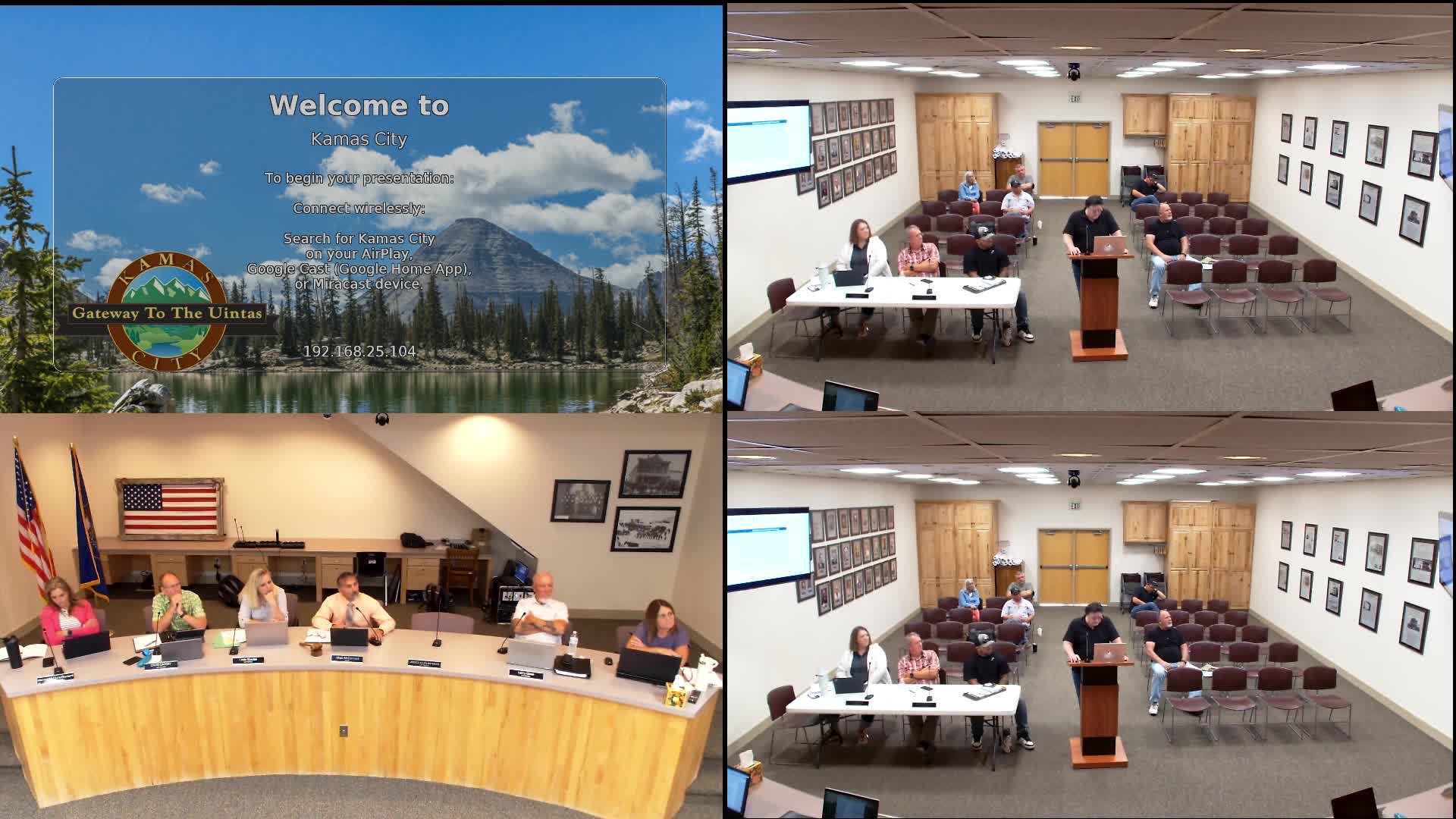Summit County Reports Rising Income Levels Amidst Housing Affordability Challenges
August 12, 2025 | Kamas, Summit County, Utah
This article was created by AI summarizing key points discussed. AI makes mistakes, so for full details and context, please refer to the video of the full meeting. Please report any errors so we can fix them. Report an error »

During the Kamas City Council meeting on August 12, 2025, discussions centered on the pressing issues of income levels, housing affordability, and the impact of local economic conditions on residents. A key focus was the disparity between average earnings and median household income in the area, which has significant implications for housing policy and community well-being.
The council reviewed data indicating that while average earnings per job in Kamas stand at approximately $77,000, the median household income is notably lower at around $112,000. This discrepancy highlights the challenges faced by families, particularly in a region where many residents commute to higher-paying jobs outside the area. The discussion emphasized that while average earnings may seem adequate, they do not reflect the financial realities of households that rely on multiple income sources, including dividends and rental income.
A significant concern raised was the high cost of living in Summit County, which is indexed at 136.5 compared to the national average of 100. This elevated cost of living, particularly in housing and transportation, poses a challenge for residents trying to make ends meet. The council noted that the area median income (AMI) for a family of four in Summit County is $168,600, which has increased since 2017, further driving up housing costs.
The meeting also addressed the need for updated housing policies to reflect current market conditions. The council discussed the importance of including rental prices in the moderate income housing ordinance, which currently does not account for rental units. This change aims to provide better oversight and ensure that rental prices remain affordable, especially as new deed-restricted housing projects are developed.
Council members expressed concerns about the rising rents in Kamas Valley, questioning whether the influx of deed-restricted housing in neighboring areas would have a positive impact on local rental markets. The consensus was that while deed-restricted units are primarily located in the Snyderville Basin, their introduction could help stabilize rental prices across the region.
In conclusion, the Kamas City Council is actively working to address the challenges of income disparity and housing affordability. By revising housing policies and considering the unique economic landscape of Kamas, the council aims to create a more equitable environment for all residents, ensuring that housing remains accessible and affordable in the face of rising costs.
The council reviewed data indicating that while average earnings per job in Kamas stand at approximately $77,000, the median household income is notably lower at around $112,000. This discrepancy highlights the challenges faced by families, particularly in a region where many residents commute to higher-paying jobs outside the area. The discussion emphasized that while average earnings may seem adequate, they do not reflect the financial realities of households that rely on multiple income sources, including dividends and rental income.
A significant concern raised was the high cost of living in Summit County, which is indexed at 136.5 compared to the national average of 100. This elevated cost of living, particularly in housing and transportation, poses a challenge for residents trying to make ends meet. The council noted that the area median income (AMI) for a family of four in Summit County is $168,600, which has increased since 2017, further driving up housing costs.
The meeting also addressed the need for updated housing policies to reflect current market conditions. The council discussed the importance of including rental prices in the moderate income housing ordinance, which currently does not account for rental units. This change aims to provide better oversight and ensure that rental prices remain affordable, especially as new deed-restricted housing projects are developed.
Council members expressed concerns about the rising rents in Kamas Valley, questioning whether the influx of deed-restricted housing in neighboring areas would have a positive impact on local rental markets. The consensus was that while deed-restricted units are primarily located in the Snyderville Basin, their introduction could help stabilize rental prices across the region.
In conclusion, the Kamas City Council is actively working to address the challenges of income disparity and housing affordability. By revising housing policies and considering the unique economic landscape of Kamas, the council aims to create a more equitable environment for all residents, ensuring that housing remains accessible and affordable in the face of rising costs.
View full meeting
This article is based on a recent meeting—watch the full video and explore the complete transcript for deeper insights into the discussion.
View full meeting

